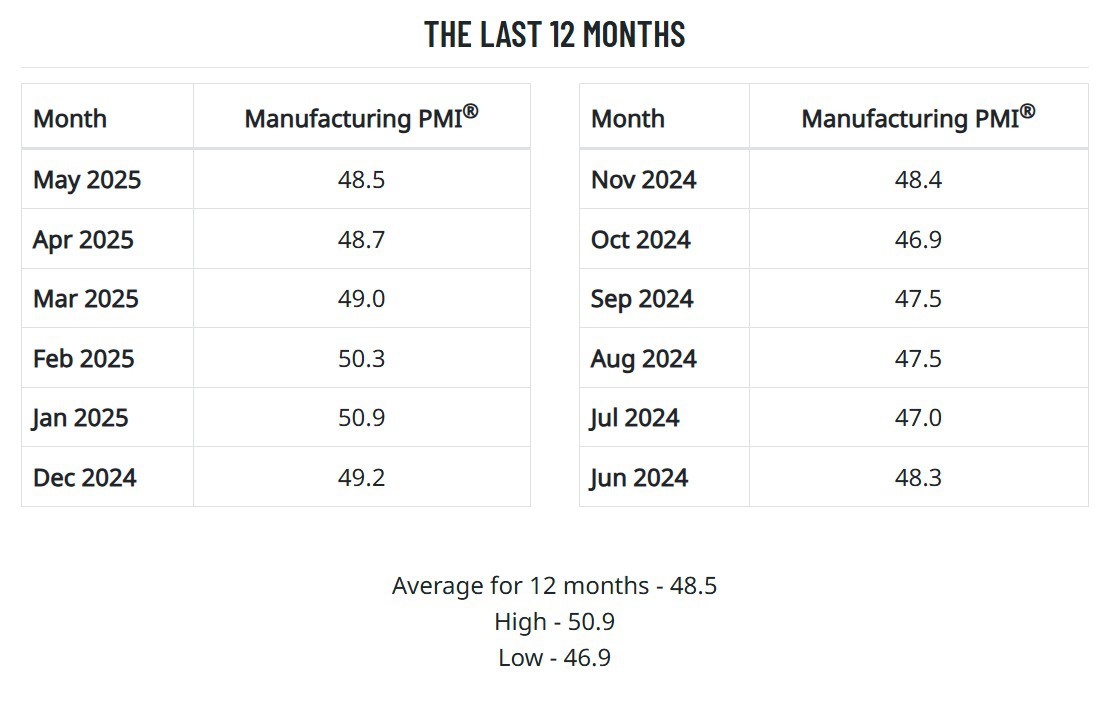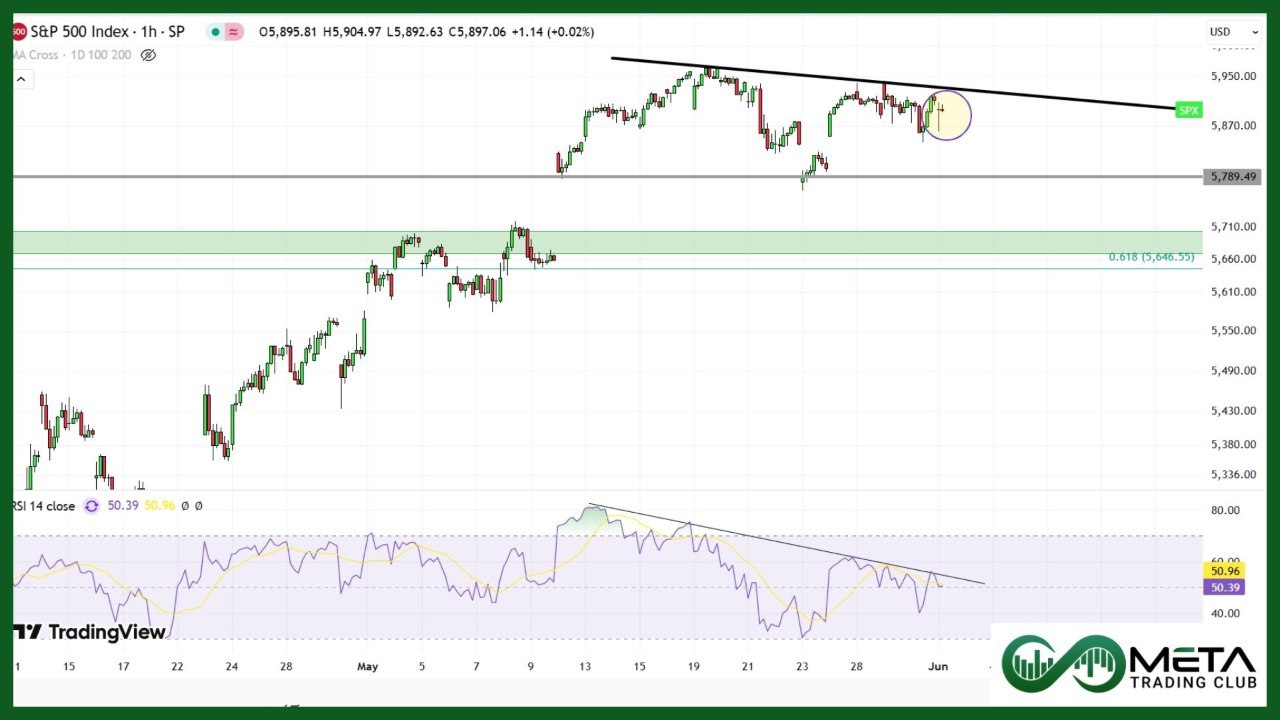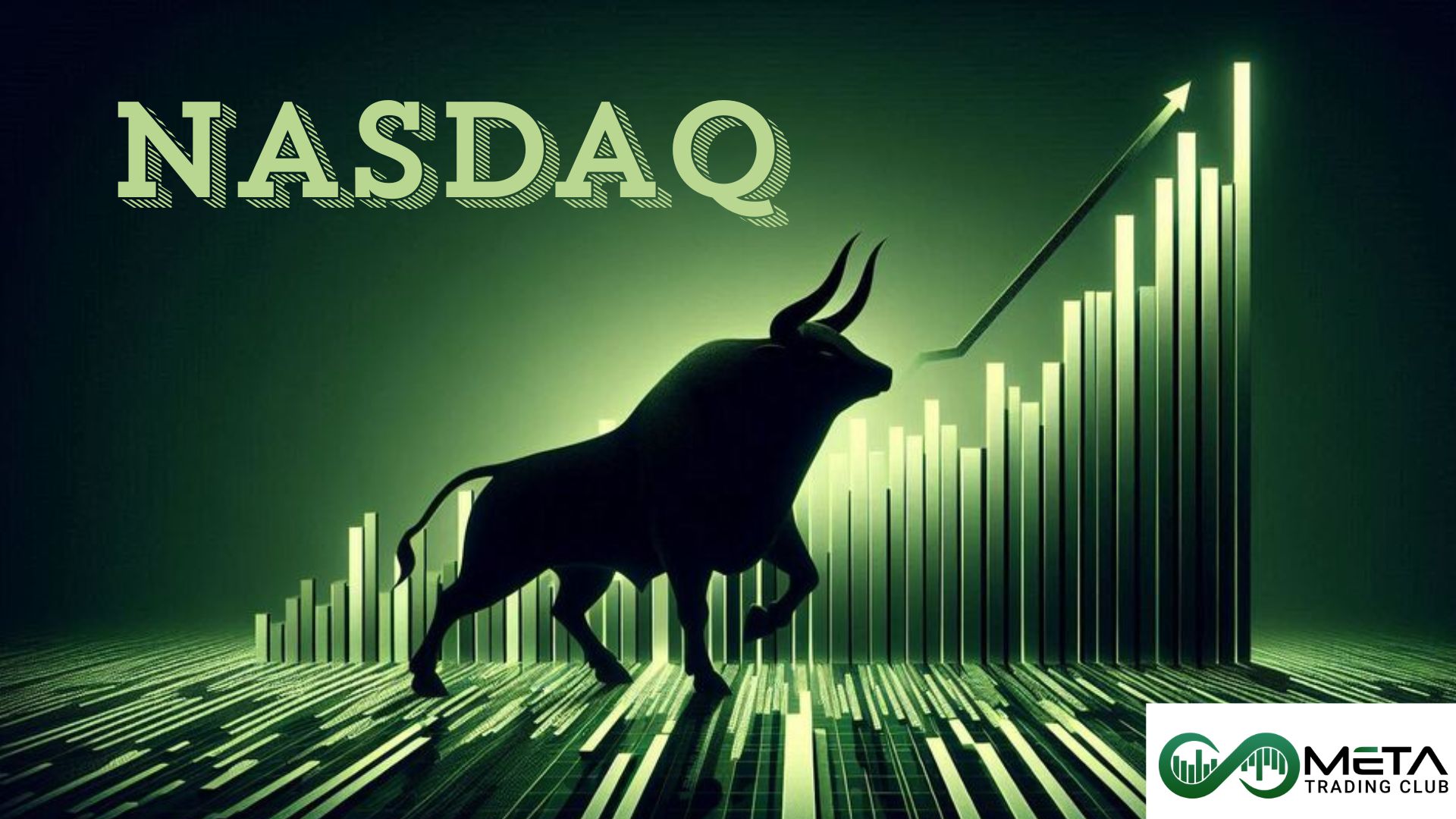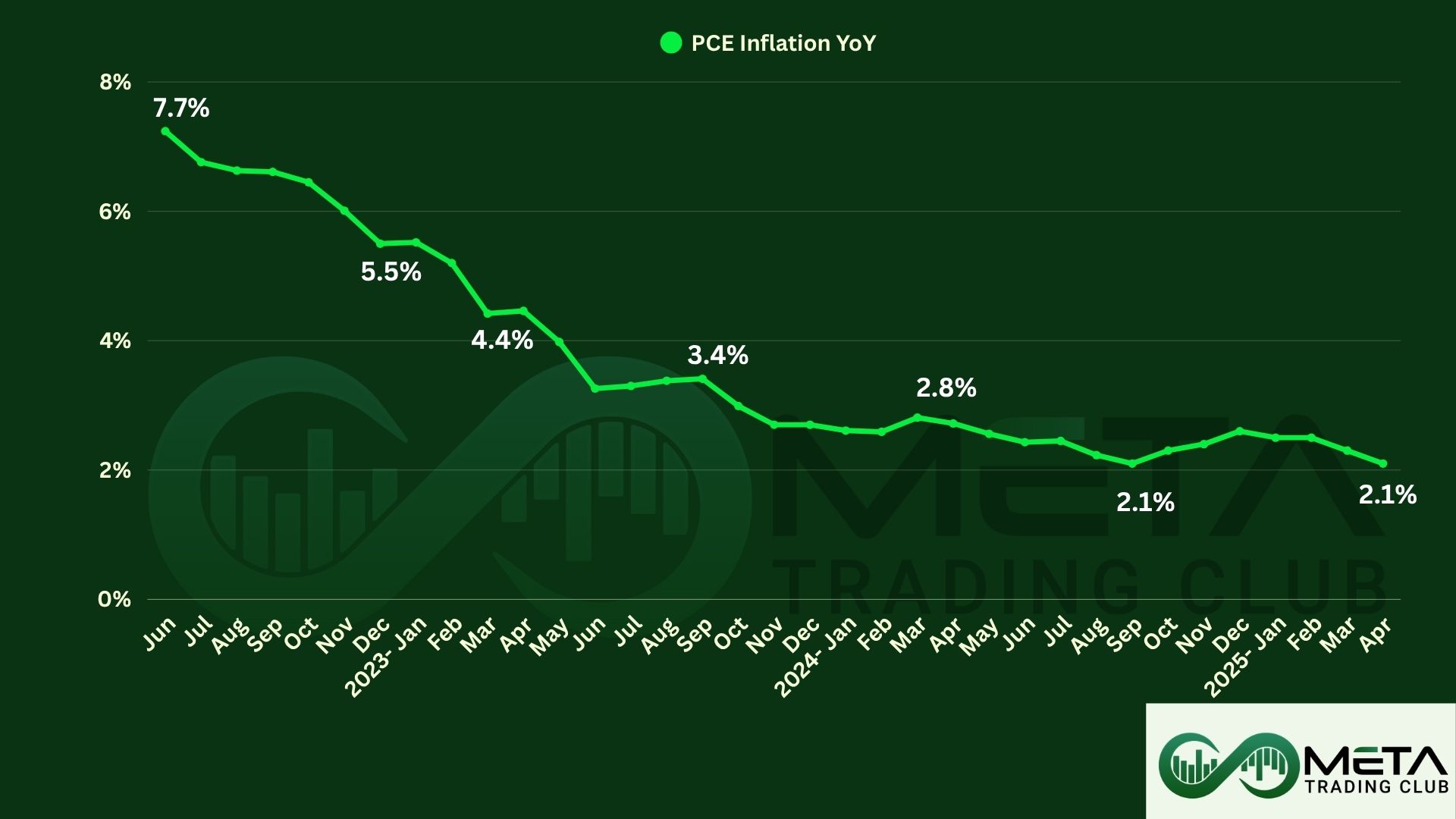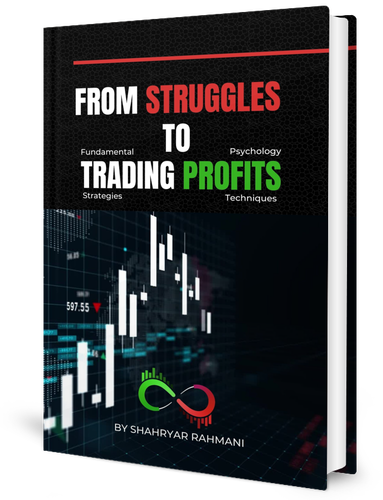The Manufacturing PMI (Purchasing Managers’ Index) is an important economic measure from the Institute for Supply Management (ISM). It shows the health of the manufacturing sector by collecting data from purchasing managers at different manufacturing firms across the U.S. The PMI is a combined index that includes new orders, production, employment, supplier deliveries, and inventories.
The PMI has several important parts that provide insights into the manufacturing sector’s condition. These parts include new orders, which measure the number of new orders manufacturers receive, and production, which looks at the production output rate. Employment assesses changes in job levels within the sector. Supplier deliveries look at the speed of deliveries and any delays, while inventories track changes in stock levels.
Each of these parts is surveyed and weighted to calculate the overall PMI. A PMI above 50 means the manufacturing sector is growing, while a reading below 50 means it is shrinking.
May S&P Global Manufacturing PMI
The S&P Global US Manufacturing PMI rose to 52 in May, marking its strongest growth since February. The increase was driven by higher new orders and a record surge in input inventories, as businesses stocked up ahead of expected price hikes and supply chain disruptions.
Despite this improvement, tariffs continued to weigh on the sector, causing higher costs and inflation in selling prices, which reached their highest levels since late 2022. Delivery delays were at their worst since October 2022, affecting supply chains.
While employment ticked up, the growth rate remained slow due to hiring challenges. Domestic demand fueled new orders, but international trade remained weak, as global buyers hesitated due to trade policy uncertainties.
Although order books improved, production declined slightly for the third straight month, indicating that businesses are still cautious amid ongoing economic uncertainty.
Source: spglobal
May ISM Manufacturing PMI
The Manufacturing PMI fell to 48.5% in May, marking the third consecutive month of decline after a brief two-month recovery. New orders, backlogs, production, and employment all continued to contract, reflecting ongoing economic uncertainty.
Key findings from the report:
- Supplier deliveries slowed, meaning goods took longer to arrive.
- Raw materials inventories shrank, while customer inventories remained too low, affecting production stability.
- Prices continued to rise, driven in part by tariff-related costs.
- Exports and imports declined, showing weaker global trade activity.
Despite a small improvement in some areas, manufacturers are facing economic challenges, rising costs, and trade uncertainties. The outlook remains uncertain as businesses adjust their strategies amid ongoing disruptions.
Source: ism
Impacts of Report on Stock Market
The S&P Global US Manufacturing PMI rose to 52, its strongest growth since February. Businesses stocked up ahead of expected price hikes and supply chain disruptions, fueling short-term growth.
However, the ISM Manufacturing PMI fell to 48.5, indicating continued contraction in the sector.
Trade policy concerns also weigh heavily on businesses. Companies are stockpiling inventory in response to tariff-driven costs, but government spending cuts discourage holding excess stock. International trade remains weak, with Asian customers delaying shipments and rare earth restrictions adding to uncertainty.
Despite U.S.-China tariff reductions, businesses remain uncertain about long-term trade stability. Retailers fear potential inventory shortages if a trade deal isn’t reached soon. Some industries compare tariff-related supply chain issues to disruptions seen during COVID-19, underscoring the depth of ongoing challenges.
Despite the mixed PMI reports, the market may have risen a bit due to companies increasing inventories ahead of expected price hikes, creating temporary higher demand that lifted certain industries.



